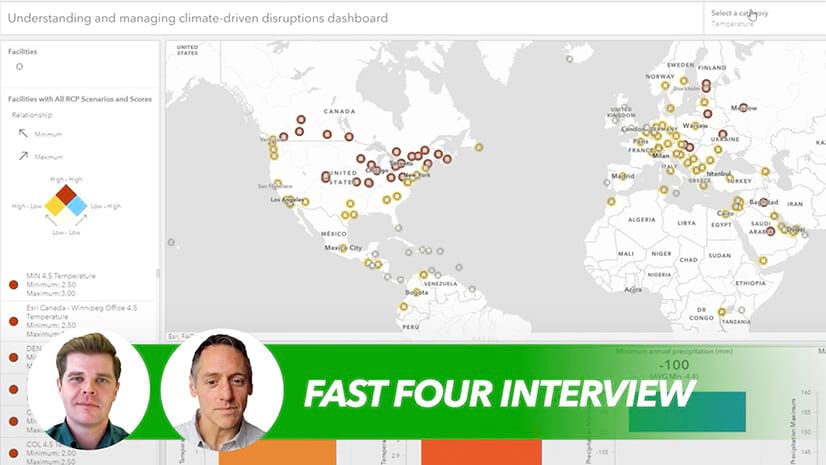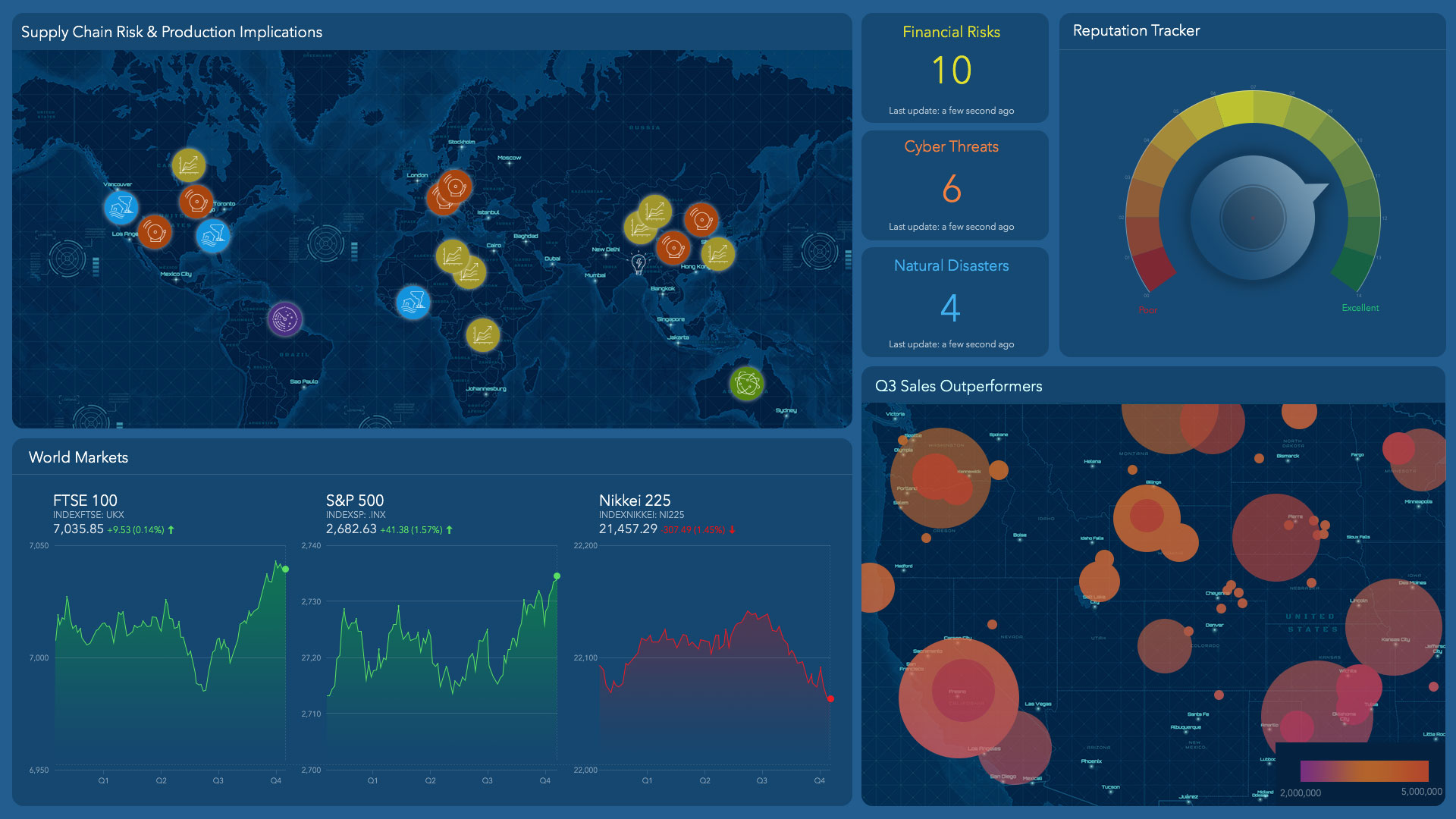One revelation in a recent Wall Street Journal article may explain why some business leaders aren’t connecting well with their marketing executives: Among Fortune 250 CEOs, only 1 in 10 worked in marketing before reaching the corner office, according to McKinsey.
Perhaps partly as a result, only 32 percent of CEOs trust their CMOs, according to a survey by marketing agency Boathouse. And while half of CEOs told McKinsey they were comfortable with the modern marketing world, 66 percent of CMOs said the opposite—that their bosses aren’t well acquainted with today’s marketing techniques.
As marketing teams have expanded their use of data, analytics, and technology, misconceptions on both sides of the executive suite seem to have grown. In a serendipitous twist, that same technology could help savvy CEOs and CMOs bridge the divide.
Finding Common Ground for CEOs and CMOs
As CMOs incorporate greater amounts of data into their work, many have realized the competitive edge that location data affords. For business decisions that depend in part on geography—a long and growing list, experts say—CMOs often provide insight their C-level peers can’t find elsewhere. Top marketing execs and their teams excel at:
- Gauging the effectiveness of advertising in traditional and social media, market by market
- Understanding consumer trends by analyzing foot traffic patterns, leading to better local merchandizing
- Creating dashboards that reveal which brands and product offerings perform best in which locations
- Advising fellow C-suiters on market gaps where the business isn’t reaching its target customers
Technology known as a geographic information system (GIS) is the engine of this analysis, providing location insight that guides executive decisions on key investments.
The CMO of one US media company uses GIS to advise customers on how to boost revenue—by targeting marketing at coveted customer groups. On maps and dashboards, the marketing team communicates simple truths drawn from complex data.
The same technology can bridge misunderstandings between CEOs and CMOs by rallying executives around a clear view of business performance and prospects.
Driving Better Communication, Deeper Understanding
Communication is at the core of the bond between CMOs and CEOs, noted John Connors, CEO of Boathouse, which documented the dearth of trust between the roles. In a Forbes interview, Connors advised CMOs to communicate not in marketing-speak but in terms that fellow C-suite leaders readily understand.
Innovative executives already use this technique in business planning and communication, as the CFO of a European telecom company explained to WhereNext:
In strategic planning, it’s very important to know how to invest in a territory to have a return on investment. . . . We use GIS to know the promising territory, to know the growth of the possible customers in this territory, and so I can do a profit and loss for each area. It is very easy to make strategic decisions with the KPIs that I have.”
Data professionals of all kinds, including location analysts and GIS specialists, have begun to adopt the same practice when advising middle managers and executives. In some cases, they’ve mastered the art of managing up by delivering reliable guidance in a simple package. For one analyst in the retail sector, that includes maps and dashboards detailing where the business should expand sales and marketing.
“We would provide that data to our executives,” the analyst told WhereNext, “and it would tell a story. It allowed them to say, ‘These are our customers. These are the people we need to start looking for in other markets.’ They started to trust us more.”
As CMOs look to communicate their value and gain trust, it behooves them to tell a compelling, executive-level story. A map-based view of the business can provide CEOs a clear panorama of how marketing propels a company’s growth.











